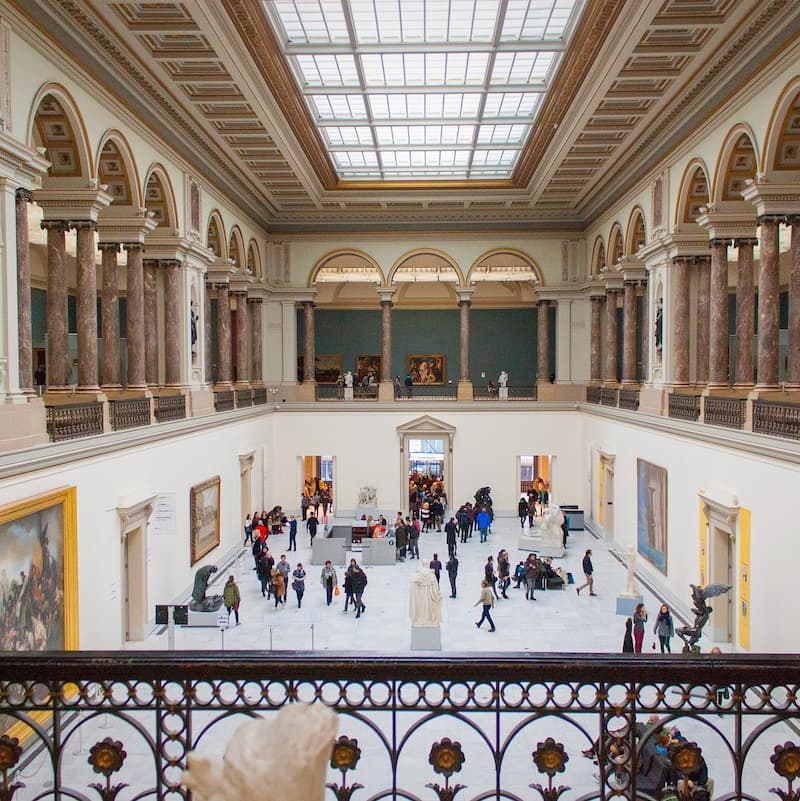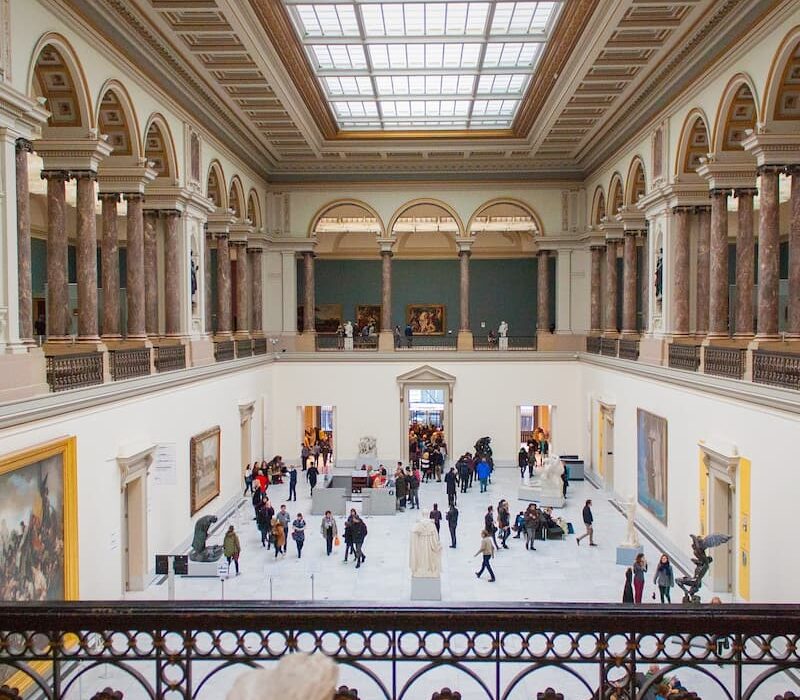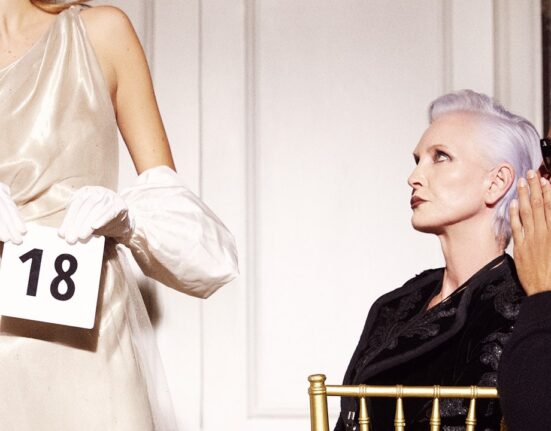
The international law firm gives a brief tour of the fine art investment landscape, a subject of interest to private client advisors, banks and others looking after HNW and ultra-HNW clients.
The following brief commentary on fine art and investment
comes from the international law firm Squire Patton
Boggs, and is part of its Family Office Insights series from
which this news service has been pleased to share content. (Our
thanks to SPB for permission to re-publish this content.) See
previous examples of features and coverage of the space
here,
here,
here and here.
Fine art collections are often acquired over decades and may
represent a family history or a personal passion. It should not
be overlooked, however, that as well as being beautiful objects,
art and collectables also represent a $3 trillion global asset
class that might unlock investing potential and new
opportunities.
Art finance, since its emergence in the 1970s, is now a highly
sophisticated market with lending available from a variety of
sources, including debt funds, specialist lenders, private banks
and auction houses. These lenders have unlocked ways to
monetise art assets such that they complement a more traditional
investment portfolio, for example, providing cash to enable
payment of a margin call on an equities portfolio, settling an
inheritance tax bill, or freeing up cash to make further
investments.
The flexibility that this type of financing allows the
traditionally illiquid work of fine art to become a key part of
an investment portfolio, enabling investors to benefit from the
market’s typically low level of volatility.
This type of finance, although referred to as “fine art
finance,” extends to financing a huge variety of “passion
assets” from vintage wine collections, rare violins, classic
cars, jewellery and watches, to antique and contemporary
furniture and innumerable other niche classes of assets. Any
collectable that regularly trades at auction has the potential to
be used as collateral for specialised art financing.
Art finance at a glance
Art finance loans are, by their nature, bespoke, and their terms
will depend on the collateral being offered and the individual
requirements of the borrower. However, in general, these types of
financings do share some common features – lenders are accustomed
to working to fast turnaround times and funding quickly;
borrowers can expect freedom in how they use the funds once
received; and terms and structures are flexible.
Loans are generally sized based on a loan-to-value calculation,
with LTV not generally exceeding 50 per cent. When appraising the
value of the collection being provided as collateral, provenance,
sales history, marketability and condition of the collection will
all be considered. Finance is provided either on a recourse
or a nonrecourse basis.
Lenders with nonrecourse loans will have access only to the
artwork provided as collateral in the event of a default, whereas
lenders with recourse facilities will also be able to look to the
wider assets of the borrower. Where a recourse loan is being
provided, the creditworthiness of the borrower and the extent of
any wider assets will be factored into the terms of the loan,
often reducing the overall price of the lending.
What happens to the art?
Given the moveable nature of artworks, and the potential impact
on their value of any damage or wear and tear, the majority of
lenders will require physical possession of the artworks being
provided as collateral. In practical terms, this will generally
mean that the artwork is stored at a secure third-party warehouse
for the duration of the term of the loan.
That said, it is recognised that artwork is not a typical asset
class and that a borrower may wish to retain certain pieces for
sentimental reasons, and this can certainly be negotiated; it is
not unheard of for whole collections to remain with the borrower.
Likewise, if a collection is currently loaned to or displayed at
a museum or gallery, it can often be agreed that such
arrangements may continue, with the cooperation of the
institution holding the pieces.
Art and the investment portfolio
Traditionally, art has sat outside of what most would consider
their “investment portfolio,” and collections have grown in
response to individuals’ interests and passions. Art is still an
unusual asset and incorporating it into a wider formal investment
strategy can be challenging, not least due to art’s inherent
illiquidity. Art finance can provide assistance in this respect,
and the relative stability of the art market can provide a
welcome addition to an overall portfolio that includes more
volatile assets, as well as providing some innovative solutions
when estate planning.







